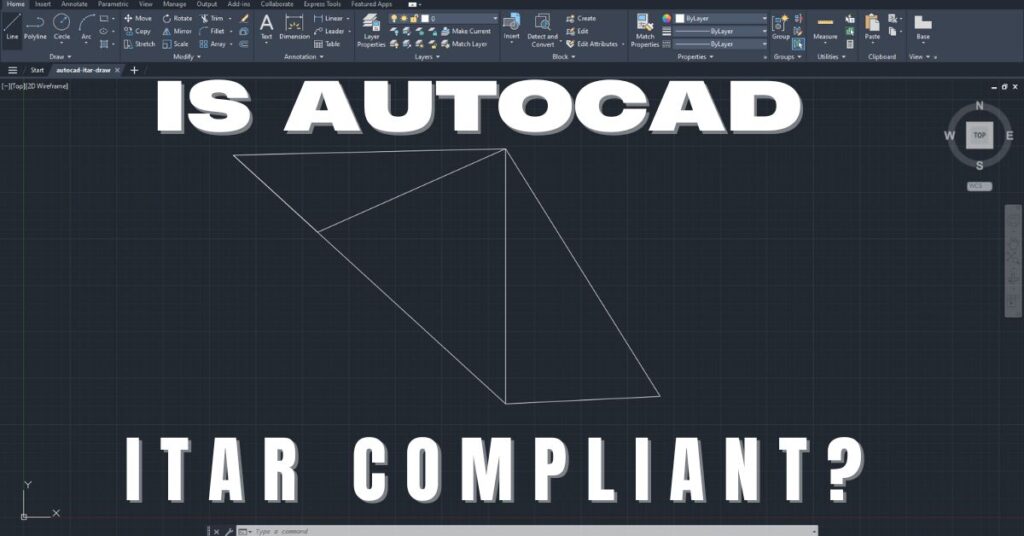Zero Trust Security: What Are The Drivers Behind This Approach?
Good guys in, bad guys out. This is a principle that has for a long time shaped how companies approach information security. It is anchored on the premise that you can protect your IT environment from malicious actors by simply making the perimeter more resilient, broader, and stronger. However, the underlying notion that you can trust internal traffic is nowadays a fairytale. With more people working from home and practices such as “Bring Your Own Device (BYOD),” it is challenging to establish the perimeter. Hence, perimeter security approaches such as firewalls can no longer be trusted to protect the “perimeter.” This has led to a need for a more robust approach towards securing the network through zero trust security, under the zero trust architecture (ZTA). Operating under the principle of “never trust, always verify,” this approach ensures all network traffic is authenticated, authorized and validated. This is regardless of whether such traffic originates inside or outside the network perimeter.
What is Zero Trust Architecture?
It is a security framework that requires all users, appliances, or devices within or outside a network to be continuously authenticated, authorized, and validated. This is to assess their security posture and configuration before being granted access to data and applications. It assumes there is no traditional network perimeter. Under the zero trust security model, it is assumed networks can be in the cloud, local, or hybrid with workers at any location and resources anywhere. Zero trust isn’t a product or a technology. Instead, it is a strategic and architectural approach to network security.
In Microsoft systems, Microsoft Entra ID is the core to zero trust. Entra ID provides essential functionality for the zero-trust strategy. Besides enabling strong authentication, Entra ID integrates device security. It is also the foundation for user-centric policies and less privileged access protection. Its Conditional Access capabilities form the policy decision point for environment-based access to resources, user identity, risk, and device health. All these are explicitly verified at the access point. It means that access is not granted until a device, user, or application has been inspected thoroughly and authenticated. Even after the authentication, authorization, and validation, only the least access to complete a task is granted. There is a common principle in zero trust that you should never trust a user and always verify their identities.
Zero trust architecture requires more stringent and precise network segmentation to create micro-perimeters in the entire network. This prevents the lateral movement of a malicious actor should they find a way into the network. Therefore, when a breach occurs, the malicious actor will not access sensitive data easily. Governance and policies also play an essential role in the zero-trust architecture. For instance, in the least privilege, the users are only given the least access necessary to complete their duties. Any zero-trust network must have granular control over what, when, where, and who access the resources. Microsoft Entra ID’ Conditional Access policy is critical in ensuring the least privilege principle.
What Are The Drivers of Zero Trust Security Architecture?
With the changing times, cybercriminals master new techniques to evade the set security controls. Below are some drivers behind the shift to the zero trust network security model.
Network Perimeters Are No Longer Sufficiently Defensible
More people are working from home nowadays while others are allowed to bring their own devices to enterprise premises. Furthermore, using the hybrid cloud as the preeminent enterprise infrastructure platform makes defining the perimeter difficult. Malicious actors could bypass perimeter protections even when enterprises hid digital assets behind a firewall using firewall exceptions and dial-up connections. Today, the challenge has even grown more. Enterprise infrastructure today requires customers, vendors, employees, contractors, and trusted third parties to access the network resources through BYOD devices, the cloud, and other methods. Fortunately, ZTA flattens the access landscape and ensures secure access to any resources.
Prior Access No Longer Determines Trust Levels
Defenders can revalidate any access decision using the zero trust security approach whenever a user, device, or application requests access. This removes the threat of granting more access than necessary to insiders or employees whose access to a resource needs to change because their job responsibilities have changed. In addition, it protects against changes in affiliations with contractors and other third parties and from applications or devices that must be revalidated whenever they request access.
Ever-Changing Network Security Threats
The other driving force behind this approach is the never-ending escalation of network security threats and cybercriminals that find new ways to exploit networks. Attackers easily break into your perimeter protections and can move laterally through your network with relative ease. A zero trust approach to network security means eliminating the residual trust from the corporate network. This includes the trust granted to the devices, applications, systems, or users that access company restricted resources within the network perimeter or even any access granted to external users of particular systems.
The principle of explicit verification goes a long way in implementation of this approach. To reduce user session risk, you can implement Azure multi-factor authentication or even use Microsoft Intune to manage your user’s mobile devices. Microsoft Entra ID has many strategies to ensure that no part of your network can be meaningfully exploited, including Entra ID Join, Entra Hybrid Join, and Passwordless solutions such as FIDO 2.0 and MFA.
Zero Trust Security Ensures A Greater Resilience To The Ongoing Attacks
Never trust; always verify. This is the underlying core principle of a zero trust network security strategy. Authentication, authorization, and validation are required for a user, application, or device to gain access. This way, a malicious actor who manages to gain access to the enterprise network will. Based on the Conditional Access policy, a user can only access what they need so that a malicious actor can be neutralized and isolated.
Same Scrutiny Is Accorded To Both Internal And External Threat
There is an increase in the number of users with legitimate reasons for accessing a network. Further, the perimeter is increasingly deprecated by cloud and BYOD devices. This means that designating users internal or external is meaningless. Some attack strategies rely on getting unprivileged access to the network. After getting the access, they pivot to other targets. Hence, the internal threats could be an extension of the external threats. However, internal and external threats are addressed the same in a zero trust security model.
Conclusion
Despite the many reasons to adopt a zero trust approach in securing enterprise networks, adopt it because it works. It is no surprise that President Joe Biden included it in the May 2021 executive order. But firewalls were considered essential to securing an internet-connected enterprise; you should also view zero trust as optional rather than your end goal. Corporates should remain vigilant because malicious actors continually develop new ways of bypassing and exploiting network security solutions.
Are you planning to transition to a zero trust network security strategy? We can help. At Cleared systems, we have a team of seasoned security experts who will help you with every step. Contact us today for assistance in implementing the zero trust security approach.
Share in Social Media
See More Case Studies

Securing Defense Contracts: A DFARS 252.204-7012 Compliance Case Study
Discover how Cleared Systems helped a Federal Contractor successfully achieve DFARS 252.204-7012 compliance by strengthening its cybersecurity posture, giving it a competitive edge when bidding for DoD Contracts.

What is GCC High? For ITAR & CMMC 2.0
Microsoft 365 Government Community Cloud (GCC) High is a specialized cloud solution tailored for U.S. federal, state, local, tribal, and territorial government organizations, as well as for contractors who hold or process data subject to specific security regulations. In this article, we will explore the features, benefits, and differences between Microsoft 365 GCC High and other Office 365 offerings.

Is AutoCAD ITAR Compliant? A Comprehensive Guide for Defense Manufacturers
Defense contractors and manufacturers working with sensitive military technologies face a critical question when selecting computer-aided design software: Is AutoCAD ITAR compliant? This question becomes

How to Get Help in Windows: Guide to Security and Compliance Support
In today’s digital landscape, ensuring your computer systems are secure and compliant with industry regulations is essential for both businesses and individuals. Windows, as one

Microsoft Copilot for GCC High: Enhancing Security and Compliance
In today’s fast-evolving digital landscape, organizations that handle sensitive data, particularly those in government sectors or defense contractors, face growing pressure to maintain strict security
Partner with Us for Compliance & Protection
We’re happy to answer any questions you may have and help you determine which of our services best fit your needs.
Your benefits:
- Client-oriented
- Security
- Compliance
- Peace of mind
- Efficiency
- Trust
What happens next?
Schedule an initial meeting
Arrange a discovery and assessment call
Tailor a proposal and solution
